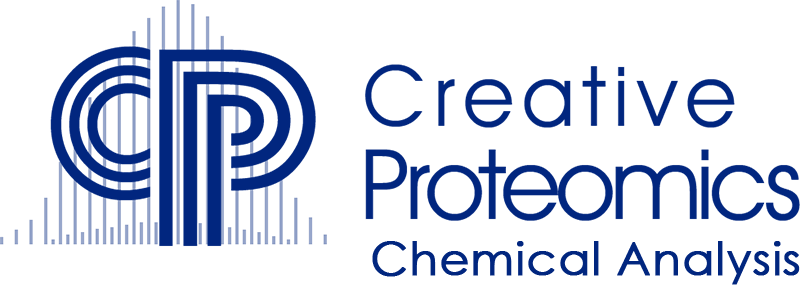Inorganic Trace Analysis Service
Inorganic trace analysis is an analytical method in which the content of the component to be measured in the analysis sample is less than one part per million. It mainly measures the total concentration of trace elements in the sample and the distribution of trace elements in the sample or on the surface of the sample. Generally, it includes three basic steps: sampling, sample pretreatment and determination. It is widely used in the fields of geochemistry, materials science, biomedicine, environmental science, surface science and crime analysis.
Creative Proteomics provides inorganic trace analysis service. We can assist research and development enterprises in the development and quality control of new products. Our laboratory engineers provide consulting and testing services according to customer needs. Inorganic trace analysis report issued by Creative Proteomics is fair, scientific and accurate. We will strictly abide by the quality assurance/quality control plans and regulations of each country/region and your special requirements to provide you with technical support.
Available Detected Products
We can provide you with the following reagents for inorganic trace analysis service, including but not limited to:
| MATERIALS THAT CAN BE USED FOR INORGANIC TRACE ANALYSIS |
| Molybdenum | Cobalt | Boron | Fluorine |
| Chromium | Silicon | Lead | Vanadium |
| Manganese | Nickel | Tin | Cadmium |
| Mercury | Arsenic | Lithium | Aluminum |
Inorganic Trace Analysis Service We Can Provide:
- Chemical spectroscopy: It is often used to determine trace impurities in high-purity materials and to analyze high-purity materials with good results. The lower limit of determination can reach μg to ng level.
- First use liquid-liquid extraction, volatilization, ion exchange and other techniques to separate the main body to enrich impurities.
- Then use high-voltage electric spark or AC arc light source for spectrometric determination of the solution dry slag.
- Or after separating the main body, concentrate the solution to 2~5 ml.
- Use high-frequency inductively coupled plasma as the light source for spectrometry.
- Neutron activation analysis method: one of the main analytical methods for the determination of inorganic trace impurities in high-purity semiconductor materials. Its features include:
- The sensitivity is higher than other trace analysis methods.
- Most elements in the periodic table can be determined in the range of ppm or ppb.
- The use of high-resolution Ge (Li) semiconductor detectors and electronic computers can significantly increase the analysis speed.
- The sample amount is small and will not be contaminated and destroyed.
- Able to analyze multiple elements at the same time.
- Mass spectrometry: The use of radio frequency spark ion source dual-focus mass spectrometer to determine trace impurities in high-purity materials, with high sensitivity, the lower limit of measurement can reach μg to ng level, and more than 70 elements can be analyzed at a time.
- When there are standard samples: Quantitative analysis of high purity metals, semiconductors, powder samples and oxides.
- When there is no standard sample: Use the method of adding internal standard elements for quantitative analysis.
- Atomic absorption spectroscopy: N2O-C2H2 flame can expand the number of elements analyzed and improve the sensitivity and accuracy of analysis.
Turnaround Time: 7-10 working days (excluding special experiments).
At Creative Proteomics, our professional analysts can provide you with improved quality services to support your business. Our professional analysis platform can guarantee consistently accurate and detailed delivery. If the substance or item you want to test is not in the above content, please contact us. Our professionals will customize exclusive solutions for you. Creative Proteomics looks forward to cooperating with you.
Related Services


